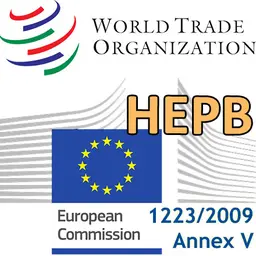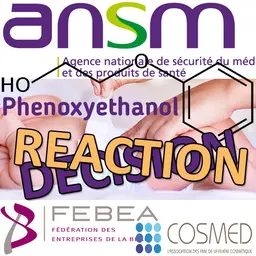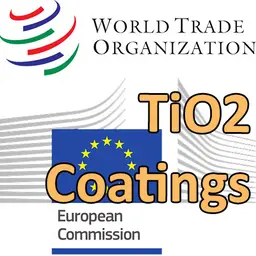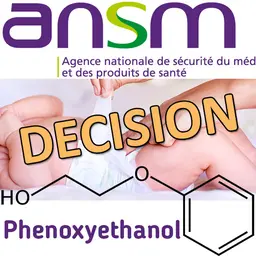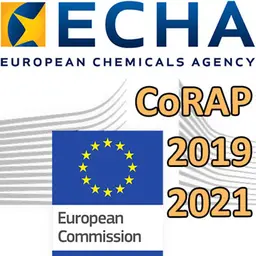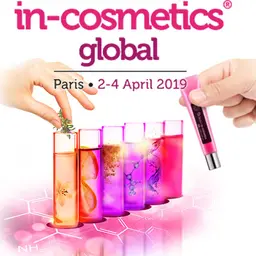
Since 2009, France has been implementing an action plan to better understand endocrine disrupters and reduce the population's exposure to substances suspected of interacting with our hormonal system. It was within this framework that a report was submitted to Parliament in 2014. A text that takes stock of the work undertaken and research in progress. It also reviews exposure to these substances, particularly via cosmetic products, for which it targets several ingredients.
The report that was submitted to the French Parliament was coordinated by the ministries responsible for health, labour, consumer affairs and the environment. It was developed on the basis of contributions from health agencies and expert bodies (the Agence Nationale de Sécurité des Médicaments et des produits de santé (ANSM), the Agence Nationale de Sécurité Sanitaire de l'Alimentation, de l'Environnement et du Travail (ANSES), the Institut de Veille Sanitaire (InVS), the Institut National de l'Environnement Industriel et des Risques (INERIS)).
It gives an overview of the expert work carried out in France on endocrine disruptors, sets out actions for monitoring populations and the environment, presents studies assessing the health risks linked to human exposure via food, the environment, articles and preparations or the use of cosmetic products… even if, as he points out in his preamble, there is not yet an official European regulatory definition of endocrine disruptors, nor harmonised criteria for classifying their effects.
Among the many substances targeted by the studies, the report cites particularly phthalates or bisphenols, but also parabens… among other ingredients that may be present in cosmetics.
It details for each of them an assessment of the danger they represent, and here is what it …

